News
Home / News / Industry News / What Are the Differences Between Single Speed Freewheels and Fixed Gears?
If you have any questions, please fill out the contact form at the bottom of the page and contact us.
 Mini Rear Hub Small Motor
Mini Rear Hub Small Motor
 2x9S Bicycle Trigger Shifter
2x9S Bicycle Trigger Shifter
 2x8S Bicycle Trigger Shifter
2x8S Bicycle Trigger Shifter
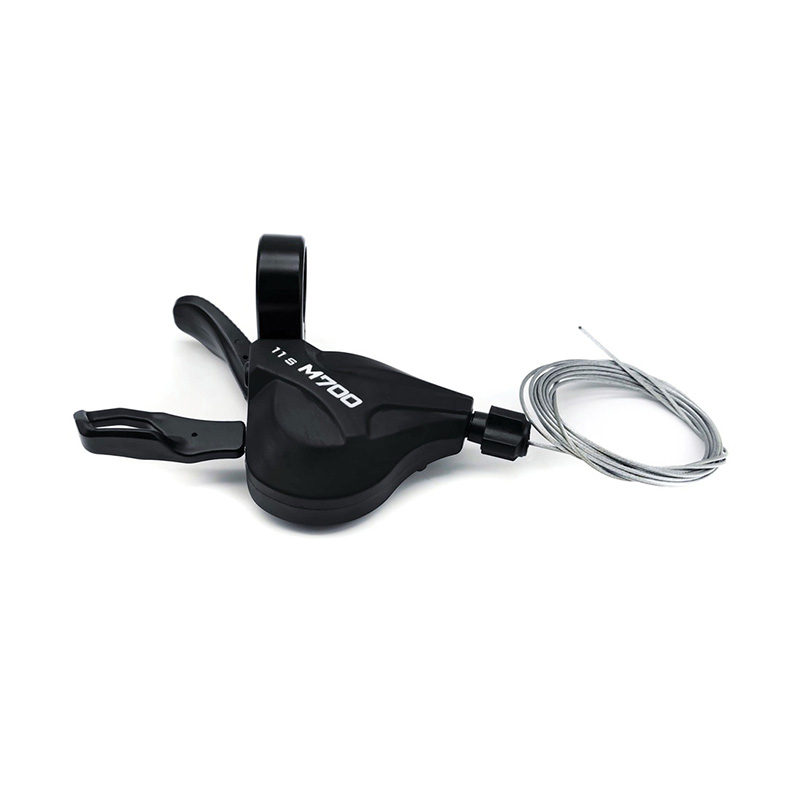 1x11S Bicycle Trigger Shifter
1x11S Bicycle Trigger Shifter
 3x8S Bicycle Trigger Shifter With Brake Lever
3x8S Bicycle Trigger Shifter With Brake Lever
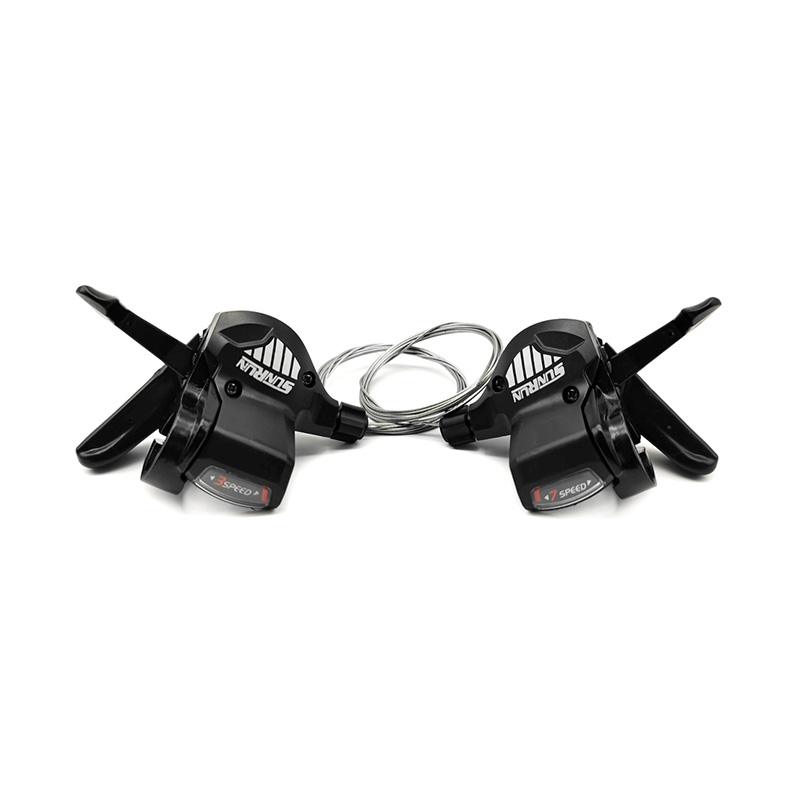 3x7S Bicycle Trigger Shifter
3x7S Bicycle Trigger Shifter
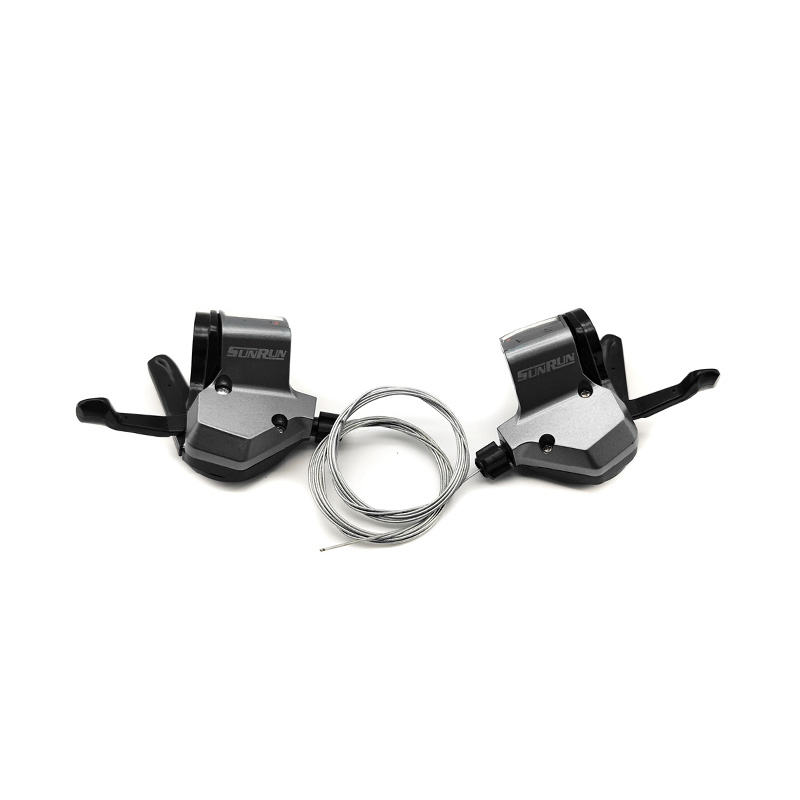 3x9S Bicycle Trigger Shifter
3x9S Bicycle Trigger Shifter
 3x7S Bicycle Trigger Shifter
3x7S Bicycle Trigger Shifter
 3x7S Bicycle Trigger Shifter With Brake Lever
3x7S Bicycle Trigger Shifter With Brake Lever
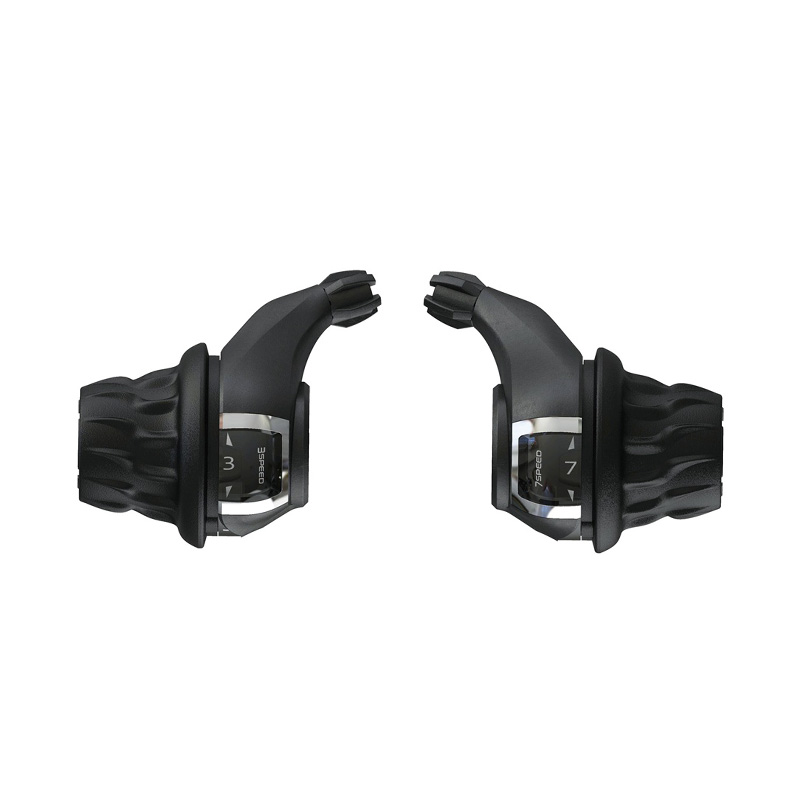 3x7S Bicycle Twist Shifter
3x7S Bicycle Twist Shifter
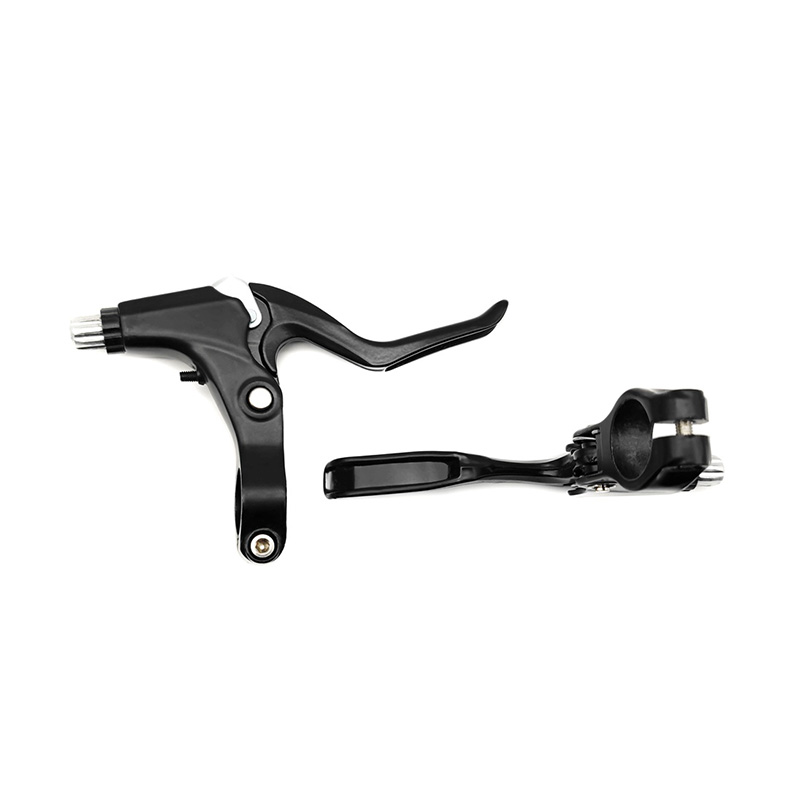 2-3 Fingers Full Alloy Bicyle Brake Lever
2-3 Fingers Full Alloy Bicyle Brake Lever
 2-3 Fingers Nylon-Composite with Steel Insertion Bicyle Brake Lever with Alloy Lever
2-3 Fingers Nylon-Composite with Steel Insertion Bicyle Brake Lever with Alloy Lever